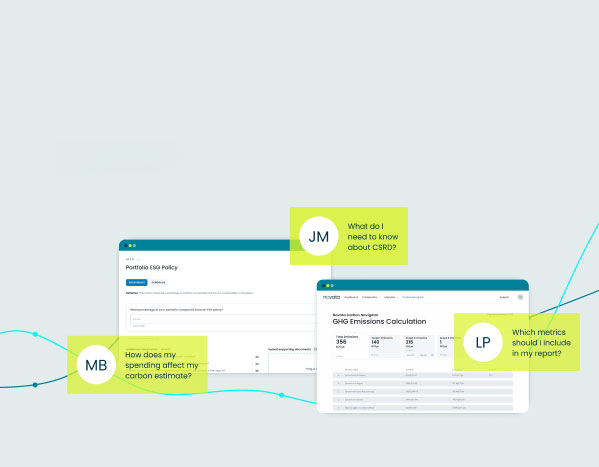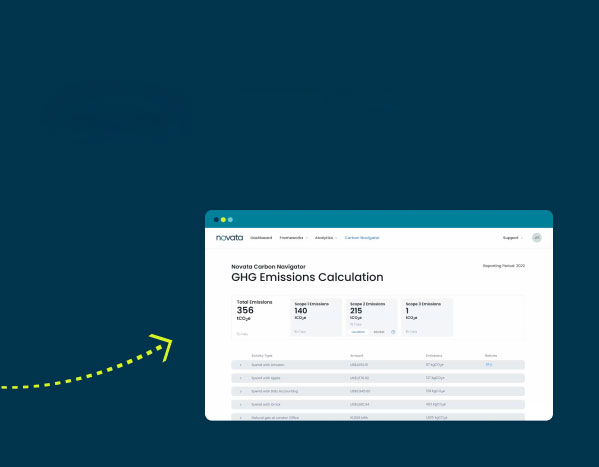Environmental, social, and governance (ESG) considerations are increasingly informing how investors make decisions and assess the risks and opportunities across their portfolios. ESG data, paired with financial insights, provides a holistic view of each portfolio company’s risks and value-creation opportunities. As demand for ESG data analytics grows, general partners (GPs) will increasingly be expected to leverage it to generate value across their portfolios.
Analyzing Your ESG Data
ESG data analysis can be complex. Moving from collection to action on the metrics that matter starts with understanding how to derive actionable insights that improve financial and ESG performance over time. Analyzing and contextualizing your portfolio’s data will help you discover trends in portfolio company performance, identify leaders with unique stories, and determine opportunities to mitigate liabilities and create value within individual companies.
Once you have collected your portfolio’s ESG data, here are a few ways to consider approaching your data analysis:
1. Contextualize with normalization factors
Simply having ESG data, or looking at it in a vacuum, will not reveal the insights you need to drive change at portfolio companies. Normalization factors, such as revenue, number of employees, industry, or country of operations, will provide a better understanding of a portfolio company’s performance. For instance, some countries have strict regulations on how companies disclose the climate-related impacts of their operations. Understanding this when reviewing the data will highlight how regional differences may impact the availability and quality of data from portfolio companies. Similarly, companies operate at different efficiencies depending on their size, which can also affect their performance on key areas.
2. Compare against internal and external benchmarks
Benchmarks provide a standard against which performance can be measured or understood. When reviewing ESG data for analysis, benchmarks offer context for how a company performs compared to other companies in your portfolio. Measuring performance against external benchmarks provides insight into how a company performs against, for example, comparable companies in its industry.
3. Review firm priorities
As you analyze your data set, consider your firm’s ESG priorities to understand how your portfolio fares on the topics that are most relevant to your stakeholders. It can also help you get a sense of expected results and inform your engagement activities moving forward. For instance, if your firm sought to invest in companies with a diversity, equity, and inclusion (DEI) lens, you may expect all your portfolio companies to have a DEI policy already. If a portfolio company declines to report on this metric, this could be an opportunity to engage with them on this topic.
4. Review portfolio company materiality
Your portfolio companies have ESG topics that are material to them. To optimize value creation and risk mitigation, it is important to review the data set of each company to understand their performance against these metrics. For instance, a company in the technology sector that manages sensitive customer data would need to demonstrate how it is prioritizing cybersecurity to avoid a data breach.
The insights from your analysis will be critical to outline the next steps for portfolio engagement and action planning. To set priorities, determine which ESG metrics can have a positive financial impact on the portfolio company and mitigate salient risks, and identify the most relevant, timely, and impactful goals for overall performance.
Simplify Your ESG Data Analysis With Novata
Successfully contextualizing your data begins with collecting high-quality, comparable data. Novata helps simplify the ESG data collection process and provides intuitive ESG data analytics, benchmarking, and visualization tools to make it easy to understand your data and identify actionable insights.
To learn more about contextualizing and analyzing ESG data, download Novata’s eBook From Collection to Action: A GP’s Guide to Creating Value with ESG Data.






